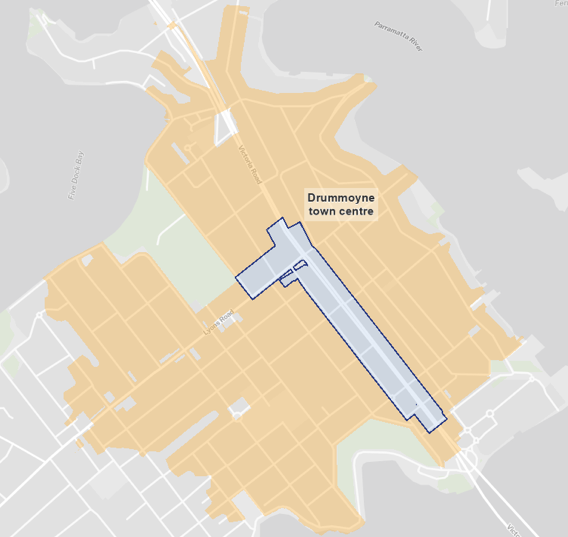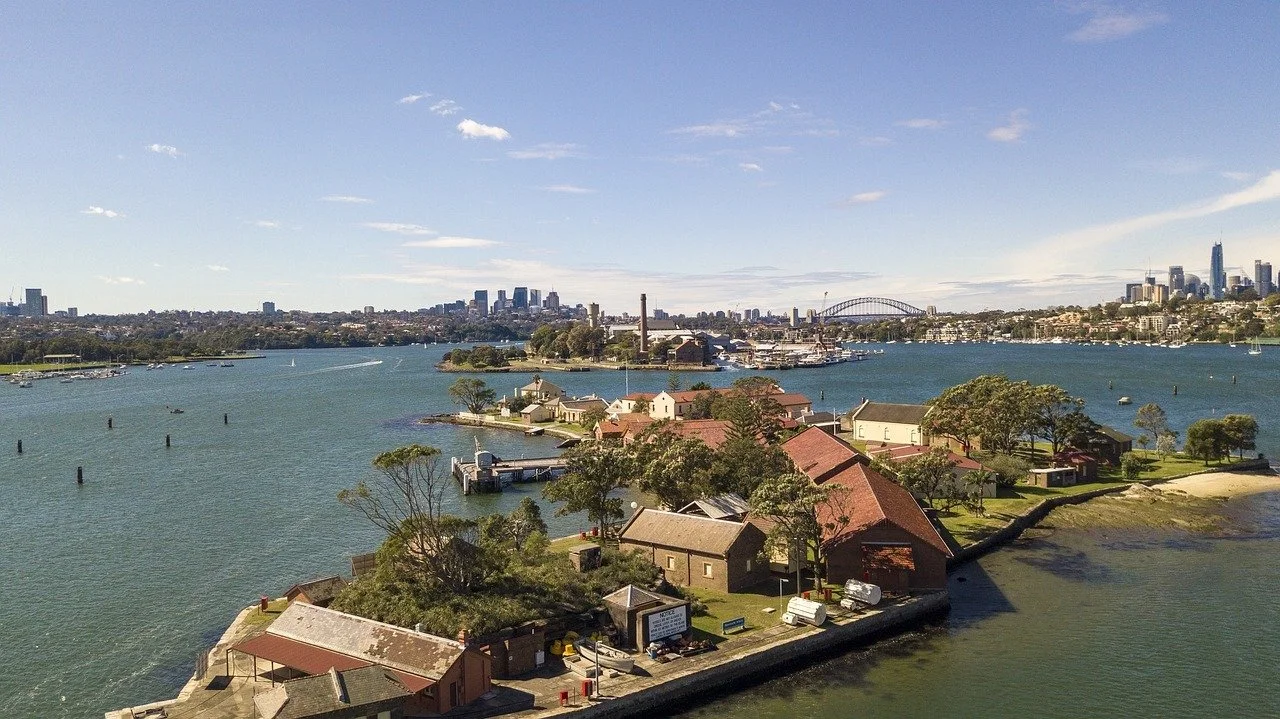An Expert’s Take: What I’d Do If I Owned Your Drummoyne Property with Development Potential
Why Drummoyne Is Suddenly in the Spotlight
In February 2025, the NSW Government’s Low and Mid-Rise Housing Policy came into effect. This has reshaped what can be developed on certain residential sites across Sydney, including parts of Drummoyne. In some instances, site values have increased dramatically, with some properties effectively doubling in value.
Areas of Drummoyne close to Victoria Road and Lyons Road town centre are attracting particular interest from developers. The suburb’s combination of proximity to the harbour, good access to the CBD and established amenities makes it especially well positioned for higher density housing.
Source: DPHI Low and Mid-Rise Housing Policy Indicative Map
Understanding the Rules in Plain Language
If I owned a property in Drummoyne, my first step would be to understand exactly how the Low and Mid-Rise Housing Policy applies to my property. Put simply, the policy allows for increased building heights, greater density and in some locations, apartment buildings where they were not previously permitted.
Two properties on the same street can have very different potential depending on lot dimensions, zoning and their relationship to neighbouring sites. Without site specific analysis, it is easy to make incorrect assumptions about what is possible.
Determining What the Property Could Be Worth
A key question I would ask is how my property’s current as is value compares with its potential development value. This involves:
Assessing what could be built on the site under the new controls.
Considering whether amalgamation with neighbours could unlock a larger scale project.
Understanding how a developer would model the site’s value based on potential yield, construction feasibility and likely end sale prices.
This comparison provides the foundation for any commercial strategy. Without it, there is no reliable way to evaluate offers or decide whether to sell, hold or partner with a developer.
Obtaining the Right Advice and Checking Incentives
If I were seeking advice, I would ensure the adviser’s only obligation was to act in my best interests. Advisers paid by a developer, or those who are paid only when a sale completes, have different priorities, often focused on speed and certainty rather than maximising price.
Independent, commercially focused advice ensures that decisions are guided by the owner’s objectives, not by another party’s transaction objective.
The Role of Technical Specialists vs. Commercial Advisers
Specialists such as town planners, architects and valuers provide valuable insights, but their advice is technical. Where they do comment on commercial strategy, it is often through the lens of their own discipline, assuming that their technical solution is required and optimised.
A commercial property and development adviser has oversight of all technical inputs, interprets them in the context of current market conditions and develops a coordinated plan aimed at achieving the best financial result for the owner.
Managing Interactions with Developers
If I owned a property with development potential in Drummoyne, I would be very deliberate about any contact with developers. Even informal discussions can shape negotiations in the developer’s favour if the owner is unprepared.
An adviser who understands the planning framework, developer pricing models and negotiation strategies can manage communications, ensuring the owner retains control and protects their interests.
Acting Within the Current Market Window
The number of eligible sites coming to market is increasing as more owners become aware of the policy changes. In Drummoyne, several amalgamated sites and properties with favourable zoning are already transacting and competition among sellers is building.
If I had decided to take action, I would move while demand is strong and before a larger supply of sites, both in Drummoyne and more widely, begins to reduce competitive tension in the market.


